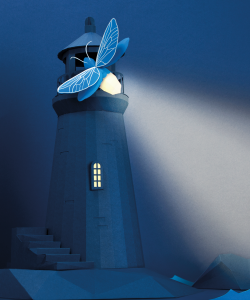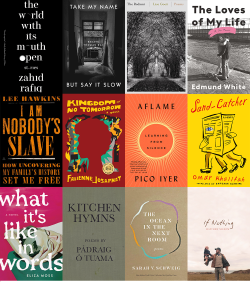
In the Inspiration Issue we present our twentieth annual feature on ten of the year’s best debut poets; eight inspired authors illuminate new possibilities in our work; writing against Western strictures of realism; advice on giving and effectively receiving constructive feedback; meditations on the poems that don’t make it into the book; an interview with the executive director of Words Without Borders; plus writing prompts, contest deadlines, writers retreats, and more.
























